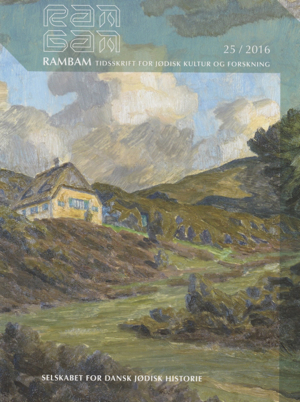Ghettoen i politisk og kulturelt centrum
Resumé
The Ghetto as a Political and Cultural Centre
The article is concerned with the cultural and political significance of 19th century Jewish ghetto literature. By examining texts from four important writers of ghetto literature: Heinrich Heine, Leo- pold Kompert, Meïr Aron Goldschmidt, and Karl Emil Franzos, the article points out some of the differences and similarities between the writers, and it shows the cultural connections established through this literature. It shows how writers created a cultural movement that acted as a political forum for discussing Jewish emancipation and modernisation.
The four writers representing ghetto literature in the article had different perspectives on Jewish ghetto life and contributed to making this literature a diverse kind that ascribed new meaning to the ghetto. Heine idealised Jewish holidays and traditions in ghetto and village societies, showing readers of his text what had been lost to modernisation. Kompert focused on what could be gained and attempted to strengthen the ties between Jews and non-Jews by depicting to modern readers the challenges of leaving traditional ghetto life behind. Goldschmidt illustrated to his readers the changes that Jews were inevitably facing in modern society and humorously described the traditional Jews that he believed were a dying breed. Franzos showed the dark and harsh sides of Jewish ghetto life, urging modern readers to pity the unenlightened traditional ghetto Jews. The article shows how ghetto writers related to ongoing political discussions about Jews’ societal advancement.





